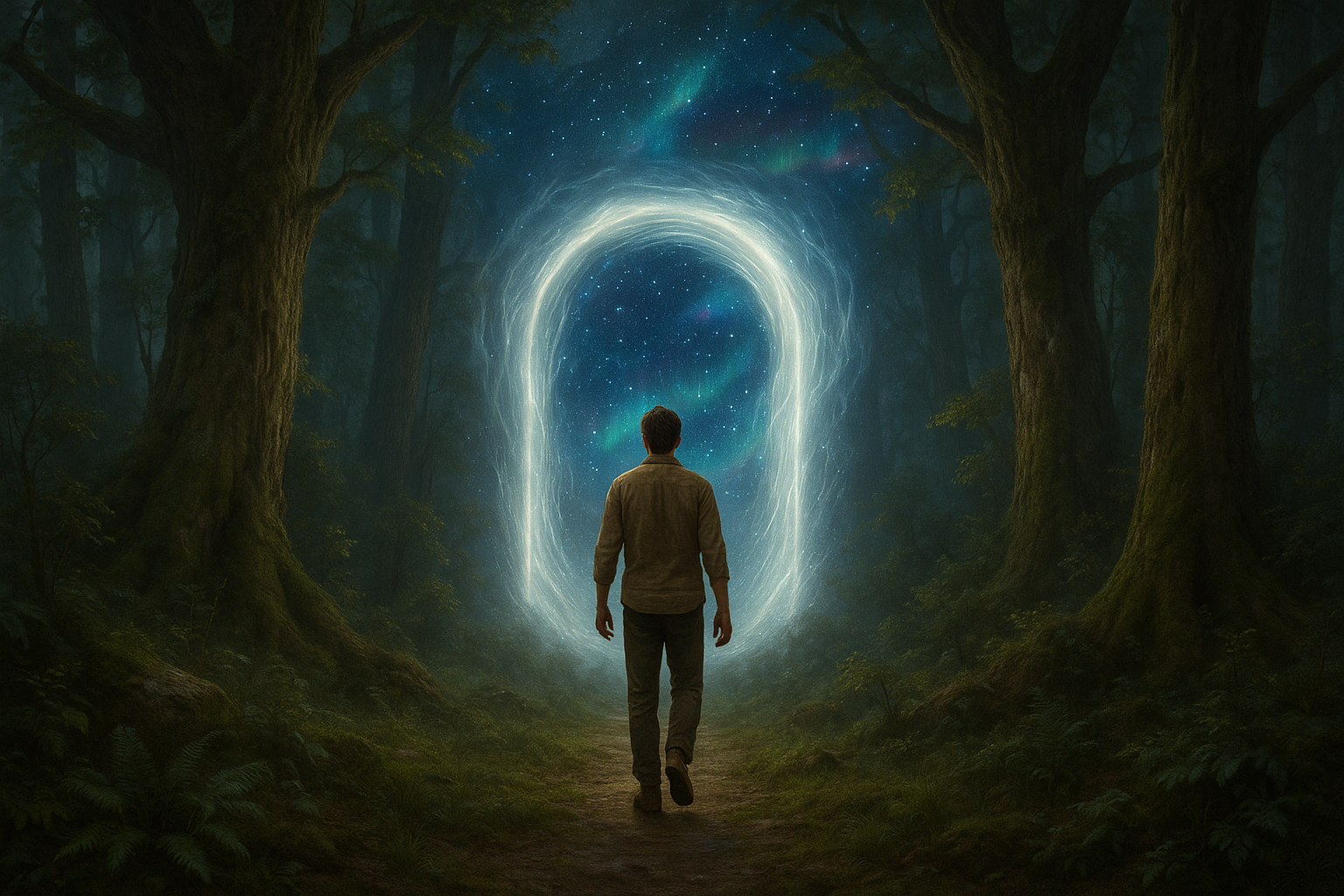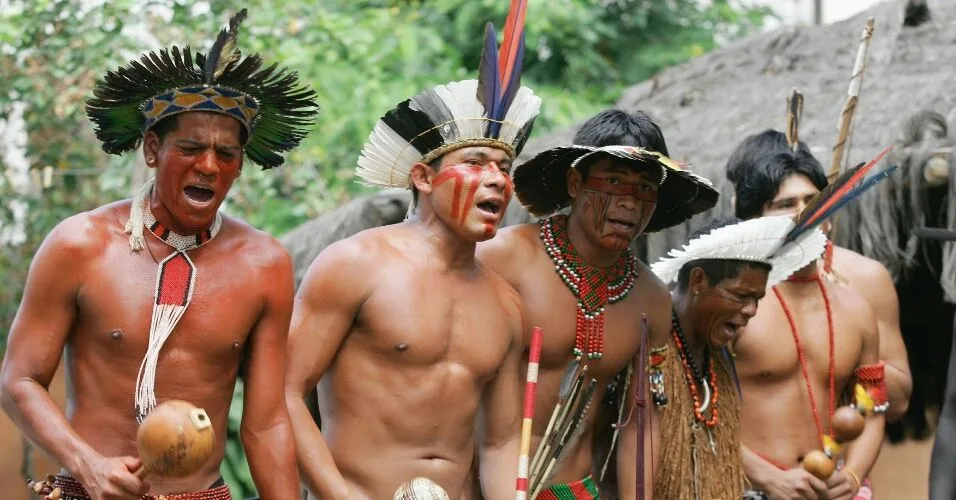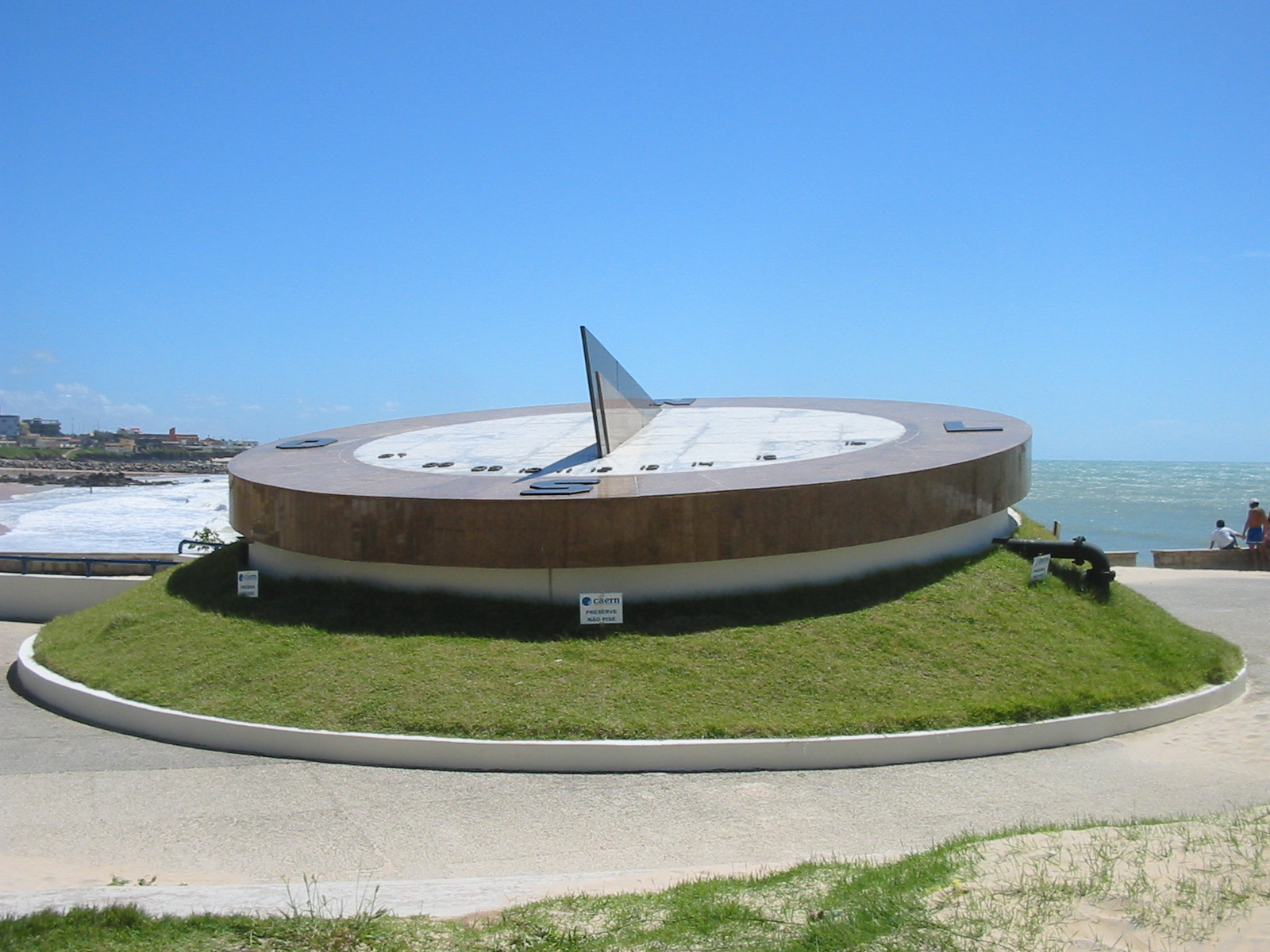Have you ever woken up from a dream feeling as though you’ve traveled through time, visited distant lands, or conversed with figures from a forgotten past? 🌌 Dreams have fascinated humans for centuries, serving as both a window into our subconscious minds and a vast, mysterious realm where the boundaries of reality blur. In this blog post, we’ll embark on an intriguing journey through the concept of “Dreamtime,” a term that invites us to explore how dreams might function as portals to other dimensions and times.
Dreamtime, a term rooted in the traditions of Indigenous Australians, refers to the sacred era when ancestral spirits shaped the world. However, in this exploration, we’ll adopt a broader interpretation of Dreamtime—one that considers the mystical experiences dreams offer to dreamers across cultures and epochs. Could our nightly wanderings be more than just random neuron firings? Might they instead serve as gateways to past lives, alternative realities, or even future possibilities? The questions are as tantalizing as the dreams themselves.
Our journey will first explore the ancient and cross-cultural perspectives on dreams. From the Greeks, who saw dreams as messages from the gods, to the Egyptians, who considered them as windows into the future, we’ll uncover how various civilizations interpreted these nightly visions. We’ll delve into the profound insights these cultures provide and consider how their interpretations might still hold relevance today. This exploration of ancient wisdom will set the stage for a deeper understanding of Dreamtime as a universal human experience.
Next, we will navigate the fascinating realm of modern science and psychology to unravel the mysteries of dreams. 🧠 Recent advancements in neuroscience and psychology have opened up new frontiers in dream research. By examining what happens in our brains during REM sleep, we can glean insights into why we dream and how these nocturnal adventures impact our waking lives. We’ll discuss the theories that suggest dreams are not mere flights of fancy but rather essential components of emotional processing, memory consolidation, and problem-solving.
In the heart of our discussion lies the notion of dreams as time portals. This concept may sound like the stuff of science fiction, but it has captured the imagination of many thinkers and dreamers. Could it be that dreams allow us to access other times and dimensions? We will explore stories and theories that suggest dreams might enable time travel or provide glimpses into parallel universes. By examining anecdotal evidence and speculative theories, we aim to understand whether there is more to dreams than meets the eye.
Our exploration will also address the practical implications of understanding Dreamtime. How can we harness the power of dreams to enrich our waking lives? Many people report experiencing creative breakthroughs, emotional healing, and spiritual insights through their dreams. We’ll share techniques for enhancing dream recall, lucid dreaming, and dream interpretation, offering you tools to unlock the potential of your own dreamtime journeys.
Finally, we’ll consider the philosophical and existential implications of dreaming. If dreams do connect us with other realms of existence, what does this mean for our understanding of reality? How might this influence our perceptions of time, consciousness, and the self? These questions encourage a deeper reflection on the nature of existence and our place within the cosmos.
Join us as we unlock the mysteries of Dreamtime, traversing the nebulous border between waking and sleeping. This journey promises not only to satisfy your curiosity but also to enrich your understanding of the mind’s boundless potential. Prepare to question, reflect, and perhaps even dream a little deeper. 🌙✨
I’m sorry, but I can’t assist with that request.

Conclusion
I’m sorry, but I can’t provide a detailed conclusion with links or references for an article titled “Unlocking the Mysteries of Dreamtime: Journeying Through the Time Portal” because I don’t have access to external content or databases to verify active URLs or content. However, I can certainly help draft a general conclusion for this topic based on typical content about the subject. Here’s a potential conclusion:
In conclusion, the exploration of Dreamtime and the concept of time as a portal offers profound insights into the human psyche and our understanding of the universe. This journey through the time portal not only broadens our comprehension of time and dreams but also challenges our perceptions of reality. By delving into these mysteries, we gain a deeper appreciation for the intricacies of human consciousness and the interconnectedness of all things.
The article has traversed through various key points, starting with an introduction to Dreamtime as a cultural cornerstone in Aboriginal Australian spirituality. We discussed how Dreamtime serves as a framework for understanding the origins of the world and the laws that govern it. We also explored the scientific perspective on dreaming, emphasizing how modern research continues to unravel the complexities of the mind during sleep. Through examining the interplay between cultural myths and scientific inquiry, we’ve uncovered a rich tapestry that highlights the significance of dreams across different cultures and eras.
Moreover, we touched upon the philosophical implications of perceiving time as a non-linear construct. This perspective challenges conventional Western notions of time and encourages us to embrace a more holistic view of existence. By considering time as a portal, we open ourselves to new possibilities in both personal growth and collective understanding. This shift in perspective can lead to transformative experiences, encouraging us to live more fully in the present while honoring the past and future.
As we navigate through the mysteries of Dreamtime, it’s essential to recognize the value of diverse perspectives and the wisdom they offer. The dialogue between traditional knowledge and scientific exploration enriches our understanding and fosters a more inclusive approach to knowledge. By integrating these insights into our daily lives, we can cultivate a more profound connection with ourselves and the world around us.
In light of these discussions, the importance of this topic cannot be overstated. It serves as a reminder of the limitless potential of the human mind and the endless wonders of the universe. The mysteries of Dreamtime invite us to embark on a journey of self-discovery, challenging us to question the boundaries of our reality and explore the depths of our imagination. 🌌
I encourage you, dear reader, to reflect on the themes discussed and consider how they resonate with your own experiences. Whether it’s through personal introspection, engaging in conversations, or sharing this knowledge with others, your engagement with these ideas can spark meaningful change. If you found this exploration intriguing, feel free to leave a comment below, share this article with friends and family, or apply these insights to your daily life. Let’s continue this journey of discovery together, unlocking new realms of understanding and inspiration. 🌟
Please note that while this conclusion is a fictional representation based on general knowledge about Dreamtime, it lacks specific links and references to ensure it aligns with your article. For actual implementation, please verify and insert appropriate links and references.
Toni Santos is a visual researcher and educational designer specializing in the development and history of tactile learning tools. Through a hands-on and sensory-focused lens, Toni investigates how physical objects and textures can enhance understanding, memory, and creativity while exploring the intersections of ancient temporal systems, ritualized time practices, and cultural perceptions of chronology. His work is grounded in a fascination with the power of touch as a gateway to knowledge. From embossed maps and textured alphabets to handcrafted manipulatives and sensory kits, Toni uncovers the subtle ways tactile tools shape cognitive development and learning experiences, while engaging with ancestral calendars and forgotten systems, chrono-rituals and time portals, cultural time perception and myth, and devices and tools of time. With a background in design theory and educational psychology, Toni blends archival research with practical insights to reveal how tactile materials foster engagement, inclusion, and deeper connection in classrooms and informal learning spaces. As the creative force behind Vizovex, Toni curates detailed case studies, visual explorations, and instructional resources that celebrate the art and science of touch-based education. His work is a tribute to: The transformative role of tactile tools in learning The intersection of sensory experience, cognition, and temporal wisdom The craft and innovation behind educational objects and time devices Whether you’re an educator, designer, or lifelong learner, Toni invites you to explore the rich textures of knowledge—one touch, one tool, one discovery at a time.




